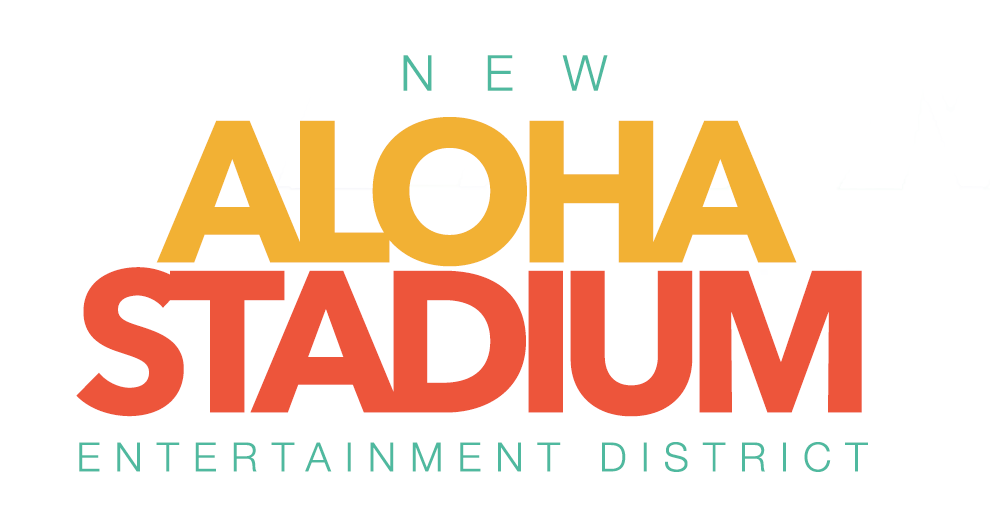PROJECT SCHEDULE MILESTONES
QUALIFICATIONS PHASE
Q4 2023
PROPOSALS PHASE
2024
CONTRACT AWARD
2025
DEVELOPMENT BEGINS
2025
Existing Stadium Condition
The NASED project was initiated in response to the long-documented challenges the existing Aloha Stadium has been managing in regard to corrosion and structural integrity, technical obsolescence and general operational efficiency.
Previous studies commissioned by DAGS to assist the State of Hawai‘i documented the existing Aloha Stadium exhibiting signs of aging, code non-compliance, and amenity deficiencies. Updated structural studies concluded the stadium (in 2017) required approximately $300 million in critical health and safety repairs, and an additional $121 million to bring the stadium up to ADA standards and code compliance (in 2017 dollars): “While serving the State and community for the past 44 years, the existing Aloha Stadium is well beyond its practical life as a multi-purpose stadium and requires considerable ongoing investment to keep it in working order, accessible to all users, and safe for the public.”
The culmination of the corrosion and other maintenance issues led the Stadium Authority to cease public events in the stadium’s seating bowl in 2021, effectively requiring that its key tenant, the University of Hawai‘i, find a different home venue until the new Aloha Stadium is complete.
A new stadium on the Hālawa site will eliminate the deficiencies inherent with the existing facility while providing the community with a much-needed, modern, multi-purpose sports and entertainment venue for many years to come. Additionally, a new stadium would be an improvement over a renovated existing stadium at a lower cost and would be the catalyst for over 4 million square feet of ancillary development over a 20+ year period.
As time marches on, the degradation of the building continues, leading the state to undertake an aggressive schedule to mitigate any further issues with this existing facility.
Construction Markets
All major projects must wrestle with market factors and influences from commodities fluctuations, labor costs, and even trade tariffs. Collectively, this is accounted for as ‘escalation’ costs, which means the actual cost of construction goes up every year, depending on the specific market conditions. Late 2021 and early 2022 saw significant construction escalation across all regions, and Hawai‘i was not immune, experiencing construction escalation of 20-30%. While escalation has abated, the ongoing effects of this period continue to impact the project.
Given the fixed state funding, time is of the essence, as any delays to the procurement process will mean that less scope will be afforded and included in the new Aloha Stadium.
Real Estate Market
The surrounding district developments are expected to be built out over time to respond to market demands. While fully building out NASED over 5 to 10 years may be attractive from a site and revenue perspective, there is likely not enough demand to support that approach. The best long-term value for the State of Hawai‘i and NASED, as a district, is expected to come from a longer-term build out.
Site Operations and Event
Another key driver for how NASED will be developed is the requirement to accommodate successful continued site operations and events, including the Aloha Stadium Swap Meet & Marketplace and car parking for stadium events. The developer will be required to ensure that its development plans accommodate these functions, as a minimum.

